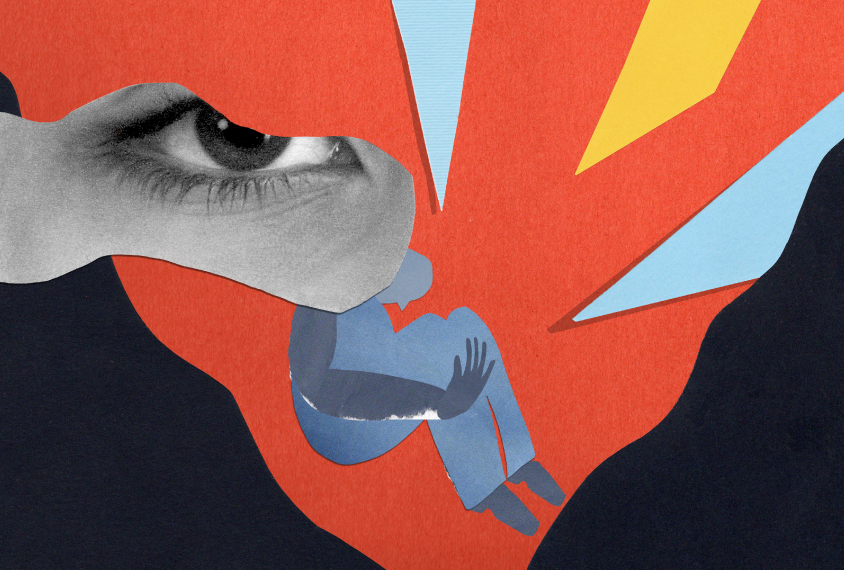Lauren Gravitz is a freelance writer and editor in Hershey, Pennsylvania, who covers health, medicine, science and the environment. Her stories have appeared in Nature, Aeon, The Economist, Technology Review, O, The Oprah Magazine and Discover, among others.

Lauren Gravitz
Freelance Writer
SFARI.org
From this contributor
At the intersection of autism and trauma
Autism and post-traumatic stress disorder share many traits, but the connection between them was largely overlooked until now.
Autism’s drug problem
Many people on the spectrum take multiple medications — which can lead to serious side effects and may not even be effective.
Lack of DNA modification creates hotspots for mutations
The absence of a chemical alteration called methylation on some stretches of DNA makes them especially prone to mutations, according to a paper published in PLoS Genetics in May.

Lack of DNA modification creates hotspots for mutations
Explore more from The Transmitter
Some facial expressions are less reflexive than previously thought
A countenance such as a grimace activates many of the same cortical pathways as voluntary facial movements.

Some facial expressions are less reflexive than previously thought
A countenance such as a grimace activates many of the same cortical pathways as voluntary facial movements.
Cracking the neural code for emotional states
Rather than act as a simple switchboard for innate behaviors, the hypothalamus encodes an animal's internal state, which influences behavior.

Cracking the neural code for emotional states
Rather than act as a simple switchboard for innate behaviors, the hypothalamus encodes an animal's internal state, which influences behavior.
Alex Maier argues that a scientific explanation of consciousness requires grounding in formalized mathematics
When it comes to discovering laws of nature for consciousness similar to those in physics, Maier argues that integrated information theory is the only game in town.
Alex Maier argues that a scientific explanation of consciousness requires grounding in formalized mathematics
When it comes to discovering laws of nature for consciousness similar to those in physics, Maier argues that integrated information theory is the only game in town.

